The day is finally here when people in the Americas will get to witness a total solar eclipse. With the power of their eyes, a major chunk of the population can see the solar event, but unfortunately, people who are blind miss out on this rare phenomenon. With technology advancing in leaps and bounds, scientists have now created a handheld device for the blind which will help them experience the solar eclipse with their ears.
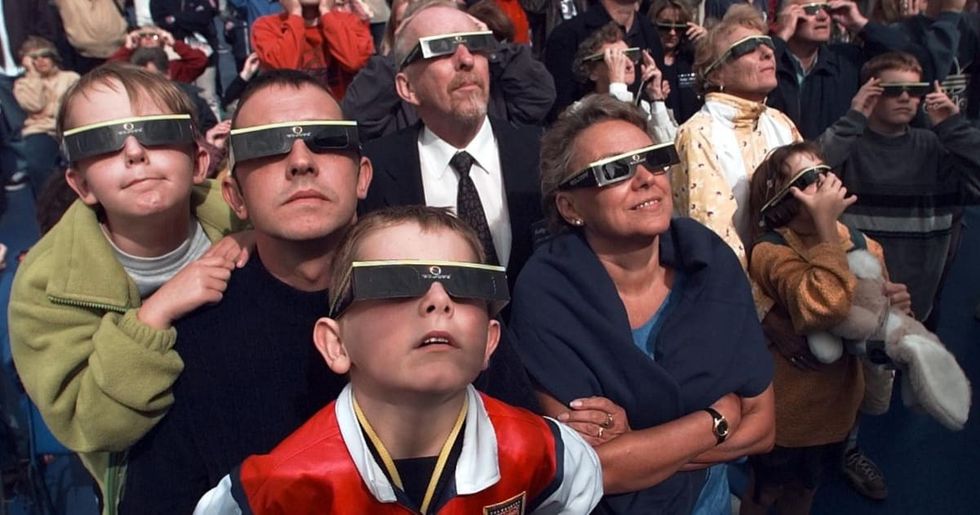
According to a report from Smithsonian Magazine, researchers at Harvard University have developed a small device that will also allow blind or visually impaired people to experience the eclipse by listening. This newfound technology, called Lightsound, receives light from the sun as an input and converts its intensity into musical tones. As of now, this project has a goal of distributing more than 750 free devices to groups hosting eclipse events.
The LightSound device was created in a collaboration between Wanda Díaz-Merced, an astronomer who is blind, and Harvard astronomer Allyson Bieryla. Diaz-Merched spoke to the Associated Press (AP) about the importance of the device and its benefits to the visually impaired. She said, “The sky belongs to everyone. And if this event is available to the rest of the world, it has to be available for the blind, too. I want students to be able to hear the eclipse, to hear the stars.”
On the other hand, Bowling Green State University professor Dr. Kate Dellenbusch showed 13 Action News how the device works. Demonstrating the device, she said, “The device has a light sensor kind of on the chip that’s behind the hole there. So, that light sensor is detecting how much light there is, hitting it all the time and converting that into sound, where it’s having a presenting a higher pitch when there’s more light and a lower pitch when there’s less light (sic)."
The introduction of Lightsound will bring joyous news to the blind community as over the years they have been deprived of witnessing eclipses. With this one-of-a-kind device at their disposal, will be able to hear and feel the event—which itself is a unique phenomenon.
A total solar eclipse occurs when the moon passes between the sun and the Earth and, for a short time, completely blocks the face of the sun, according to NASA. For now, a total solar eclipse will happen in North America on April 8 with countries like Canada, Mexico, and the United States experiencing this rare solar event. It has been said that the event this year will have a wider reach as it will be stretching coast to coast, making landfall in Mexico and moving across 15 US states to exit over Canada.
A report from Forbes claims that the next solar eclipse will occur on March 30, 2033, meaning if fellow Americans miss out on this solar phenomenon, then they might have to wait nine years for the next one.





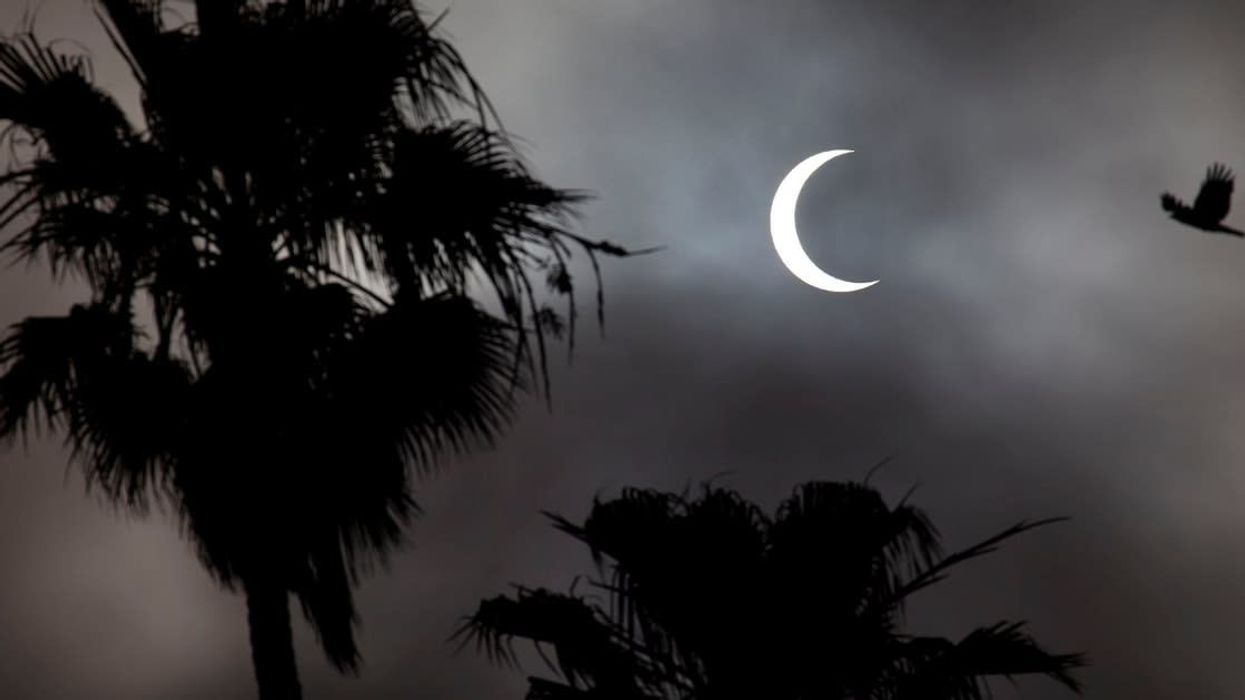


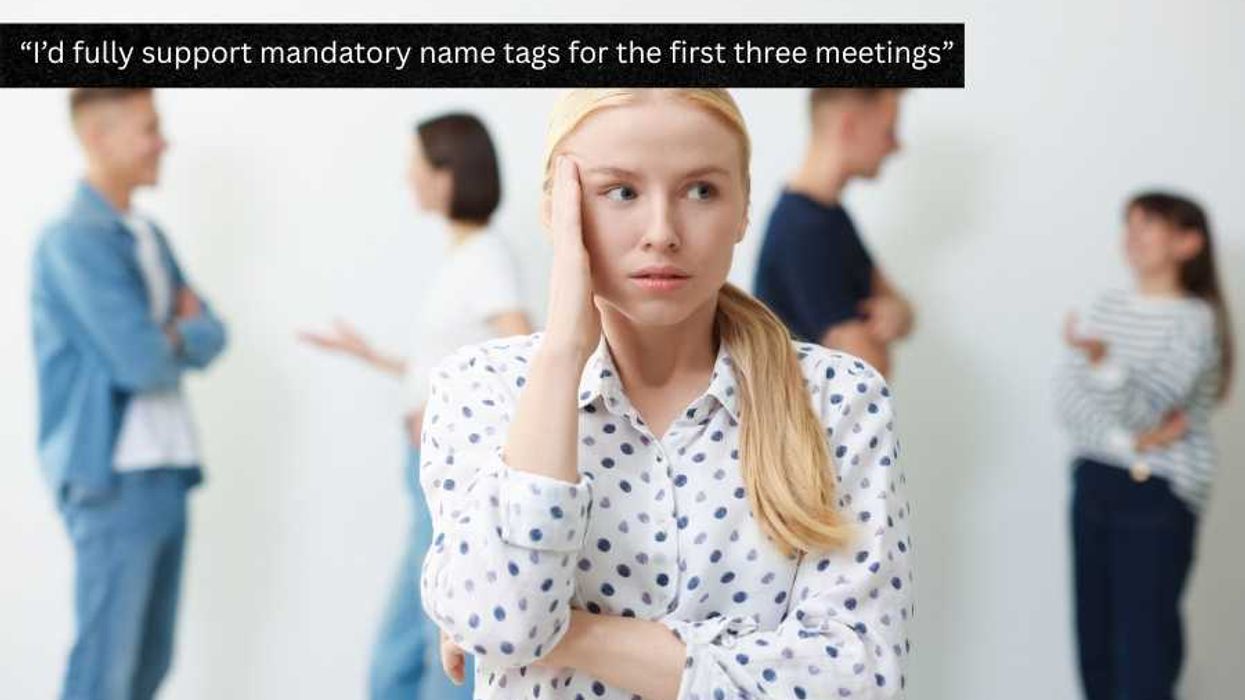
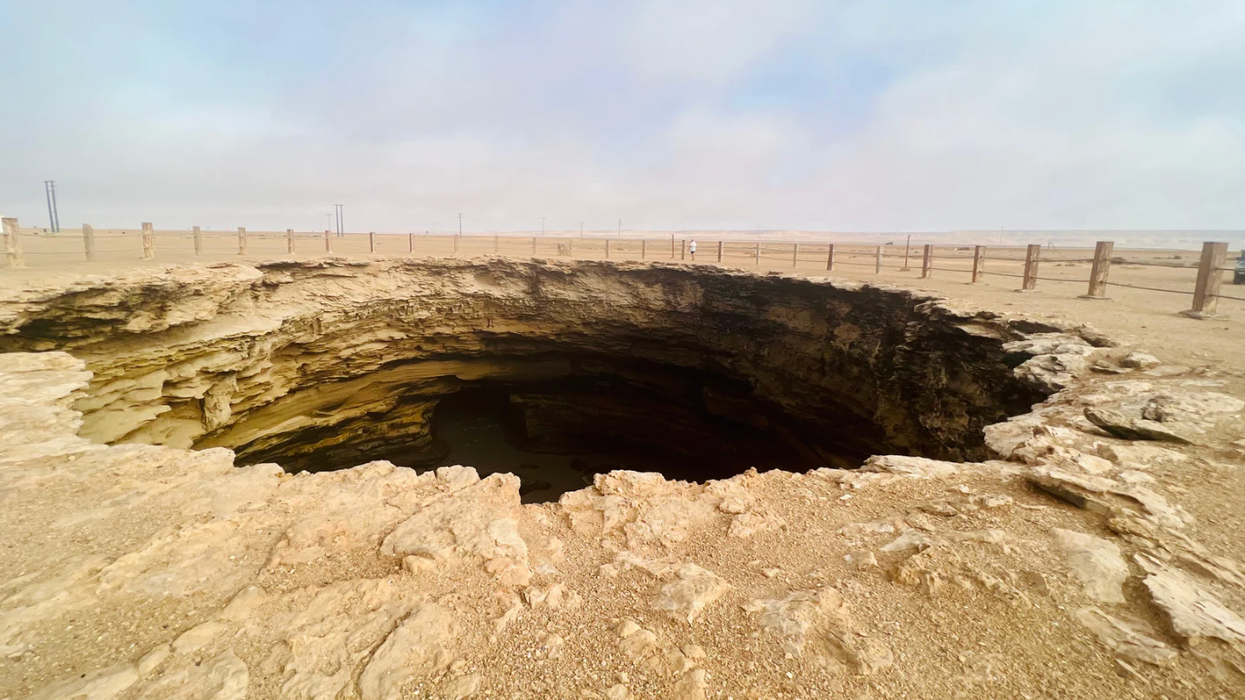
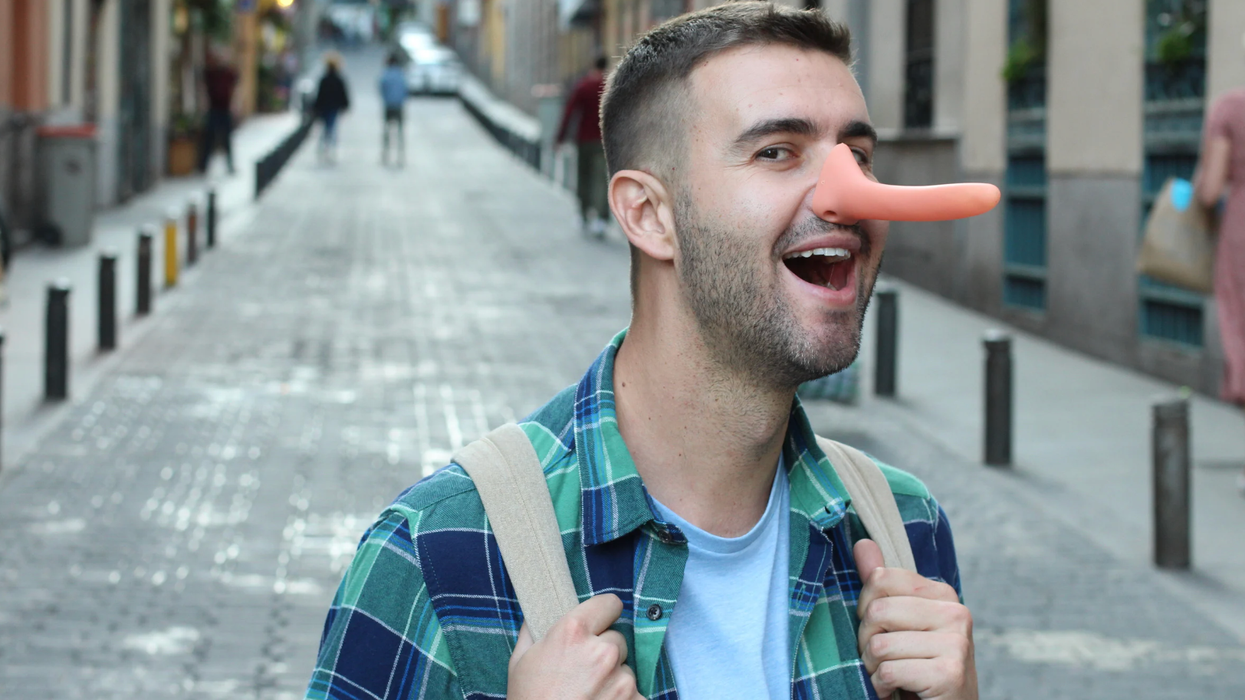

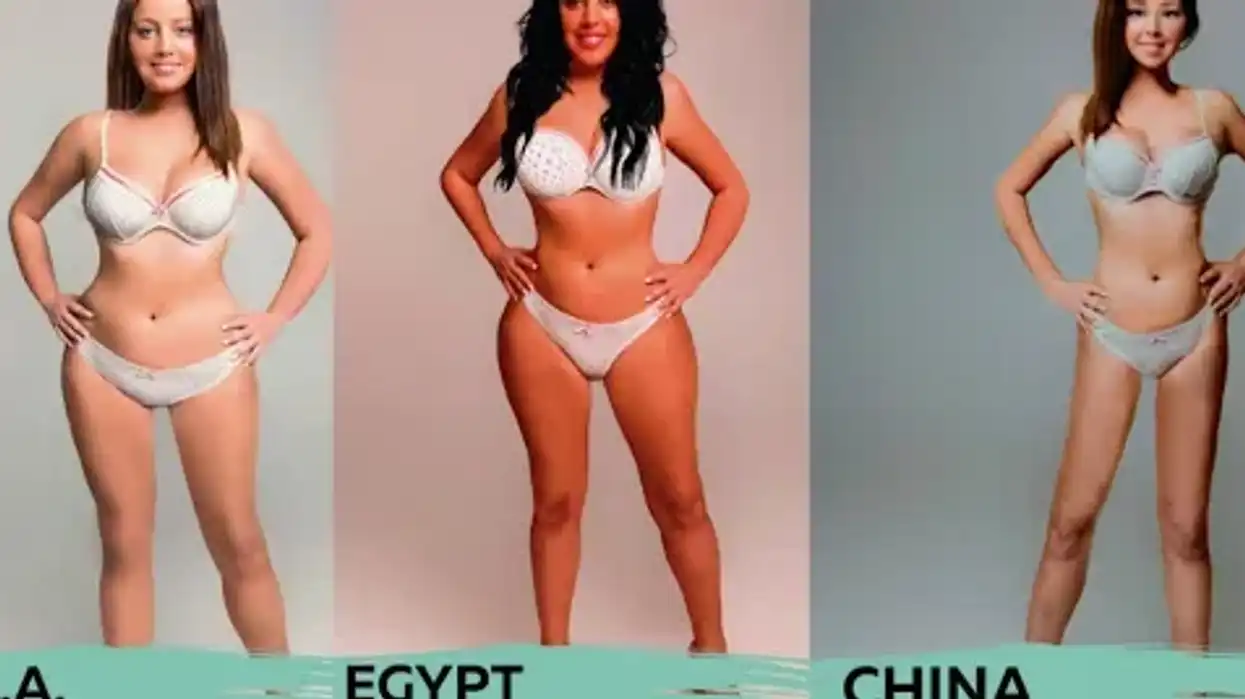

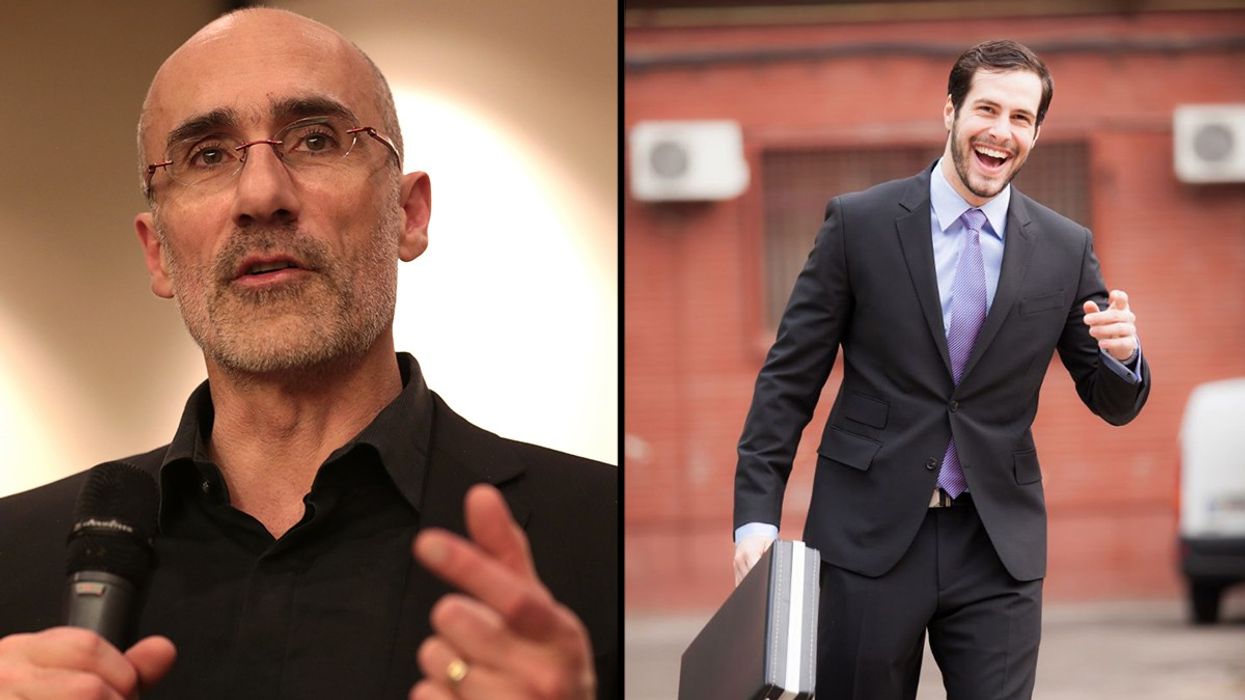

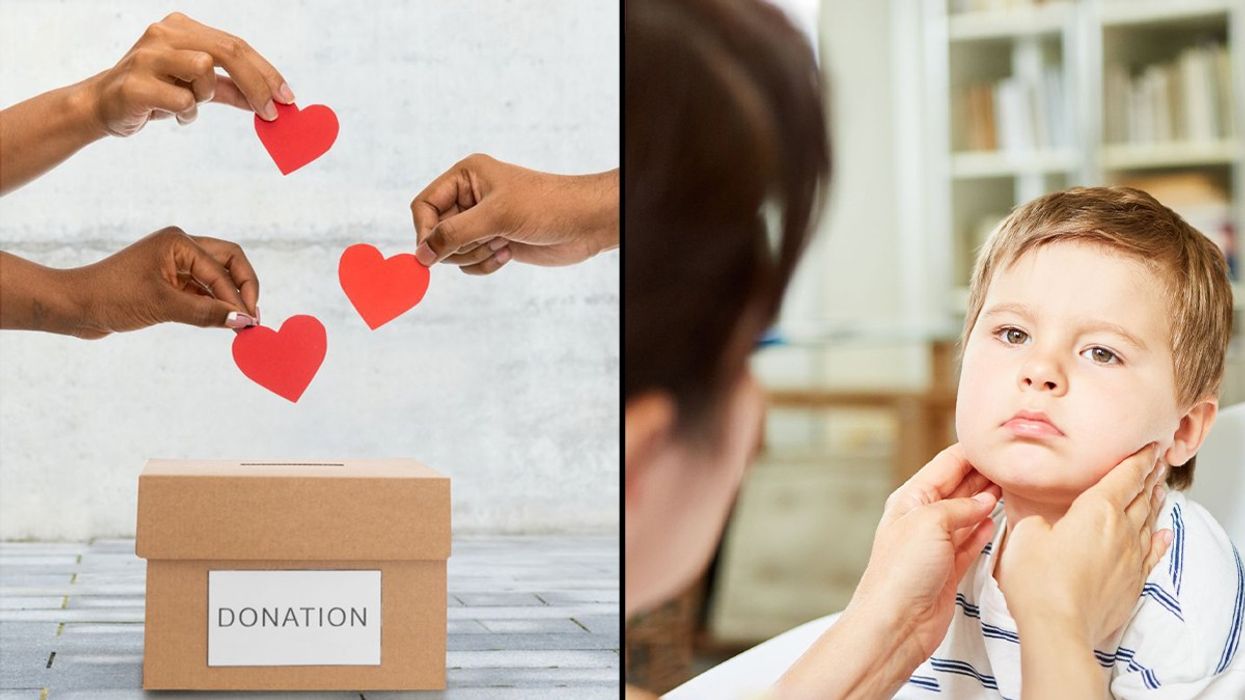
 A symbol for organ donation.Image via
A symbol for organ donation.Image via 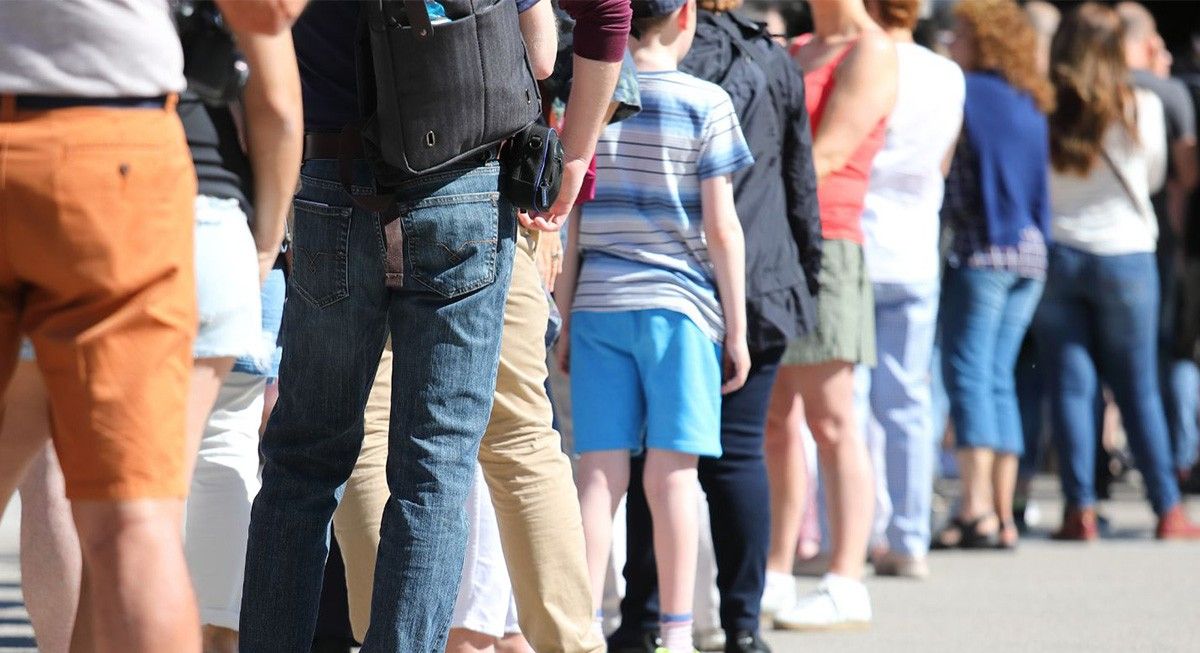 A line of people.Image via
A line of people.Image via 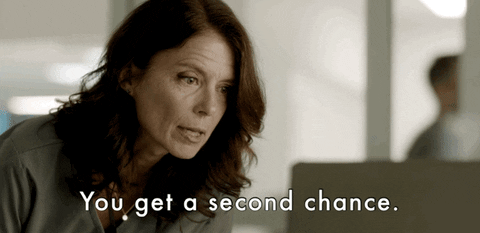 "You get a second chance."
"You get a second chance." 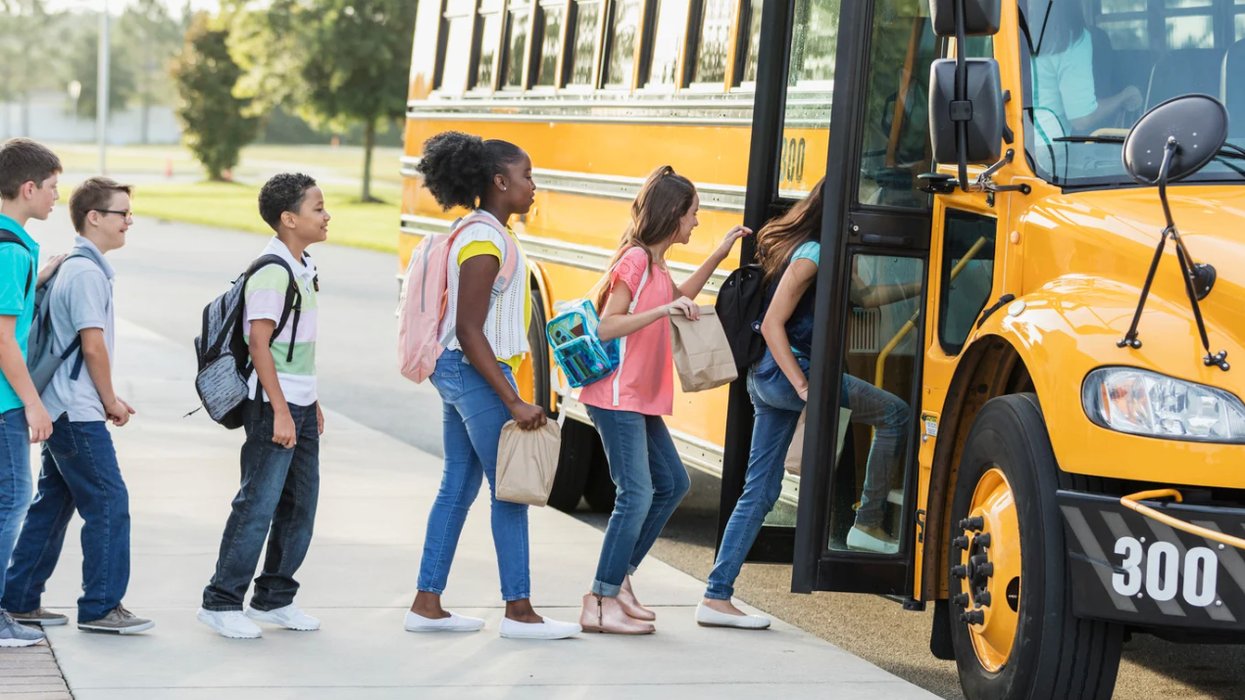
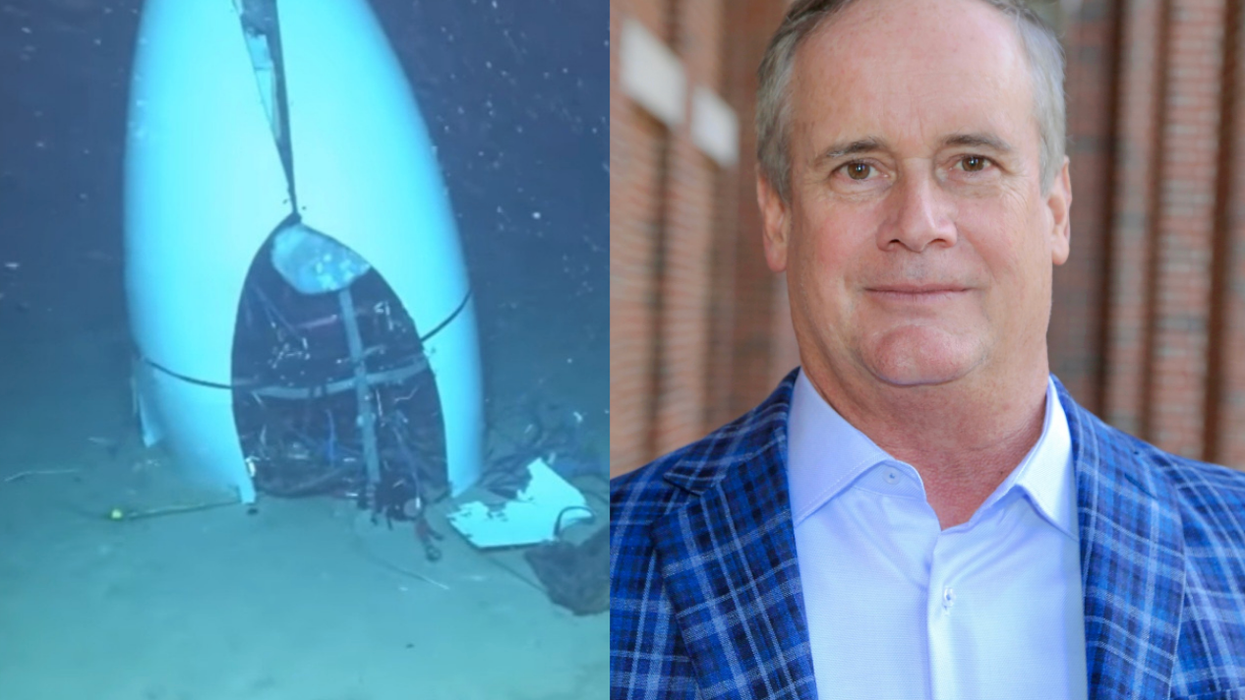
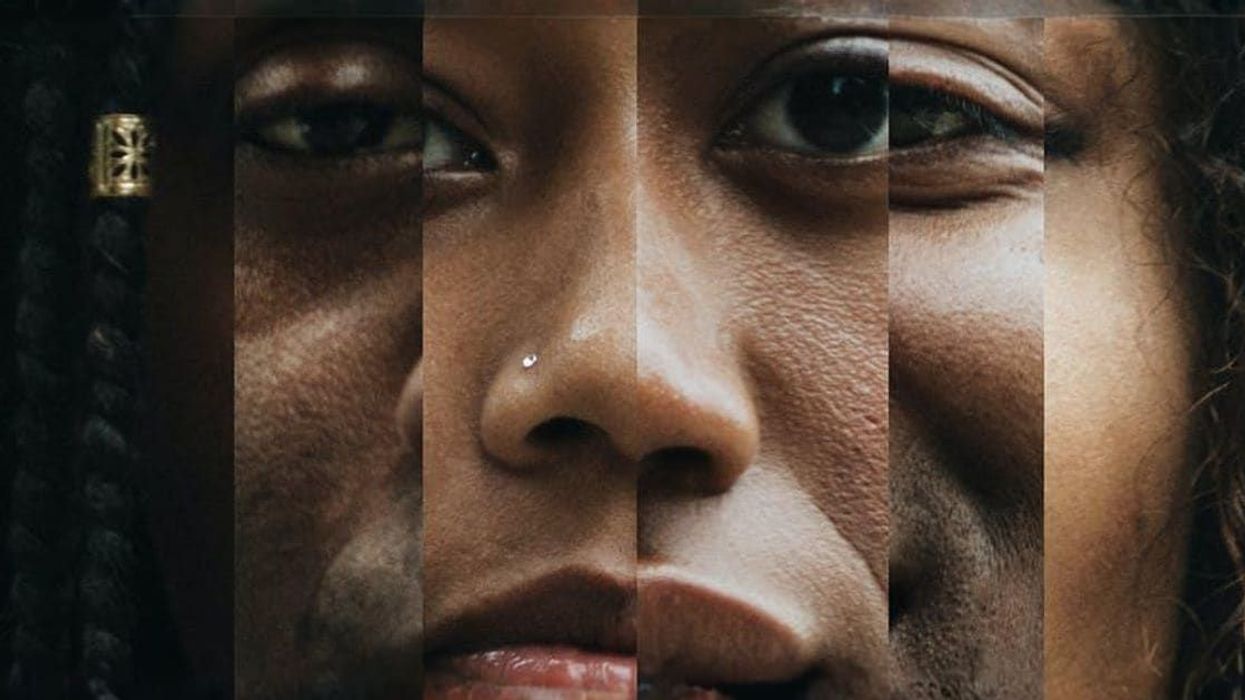
 36 is the magic number.
36 is the magic number. According to one respondendant things "feel more in place".
According to one respondendant things "feel more in place". 
 Some plastic containers.Representational Image Source: Pexels I Photo by Nataliya Vaitkevich
Some plastic containers.Representational Image Source: Pexels I Photo by Nataliya Vaitkevich Man with a plastic container.Representative Image Source: Pexels | Kampus Production
Man with a plastic container.Representative Image Source: Pexels | Kampus Production
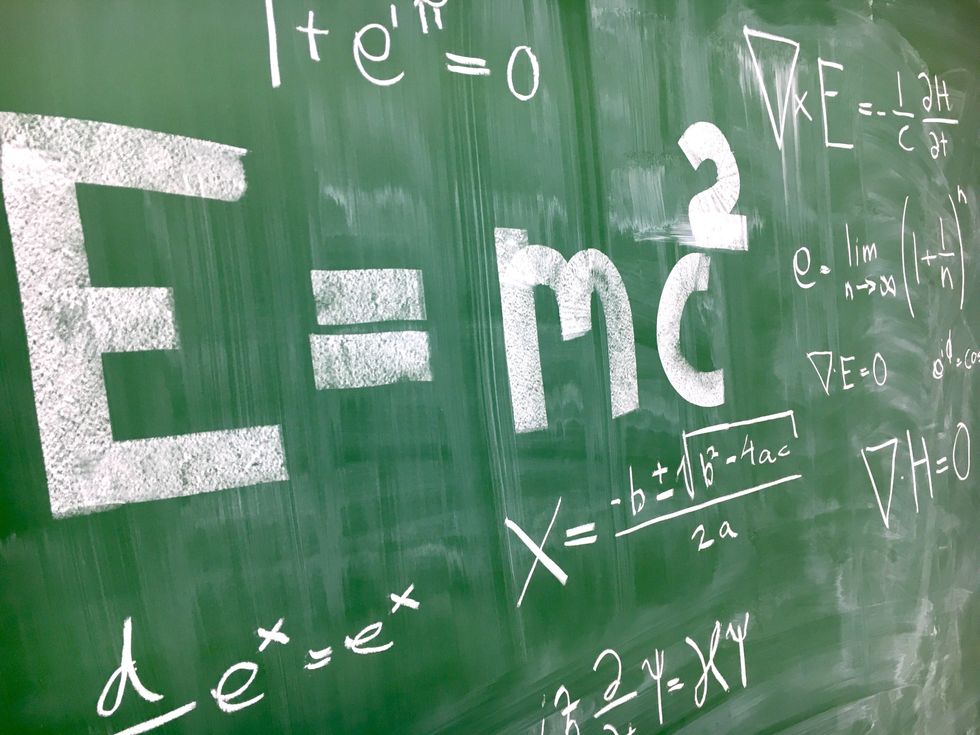 Photo by
Photo by 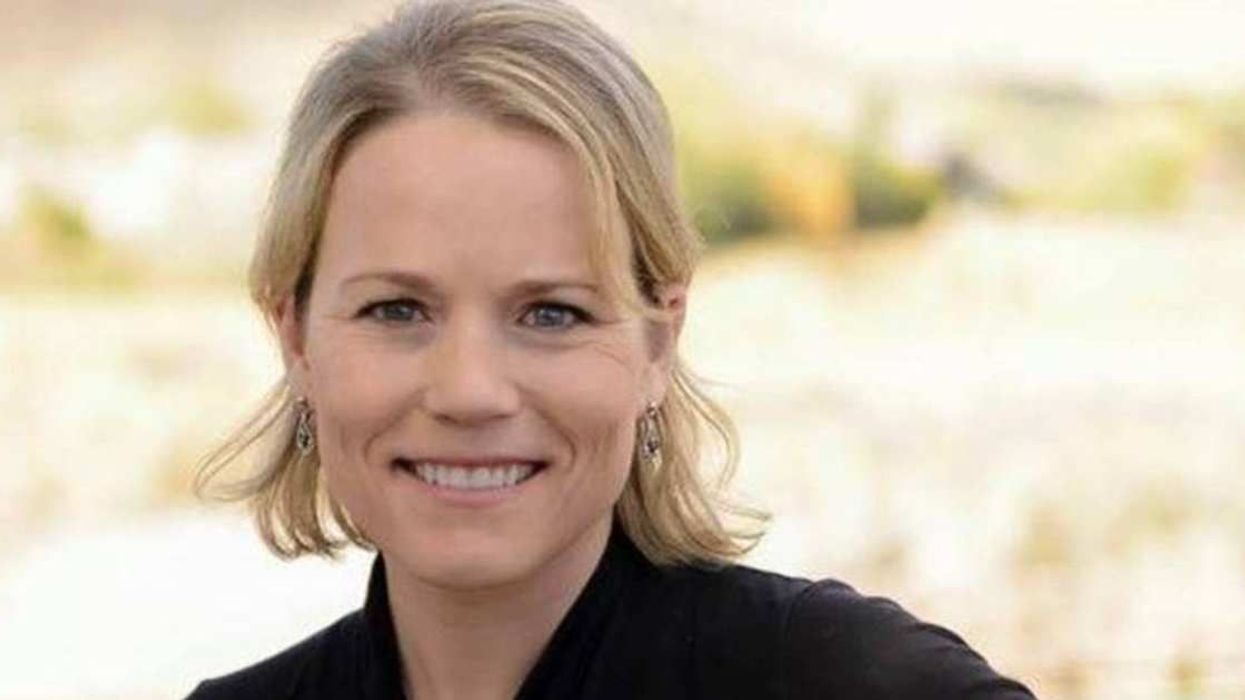
 Canva
Canva It's easy to let little things go undone. Canva
It's easy to let little things go undone. Canva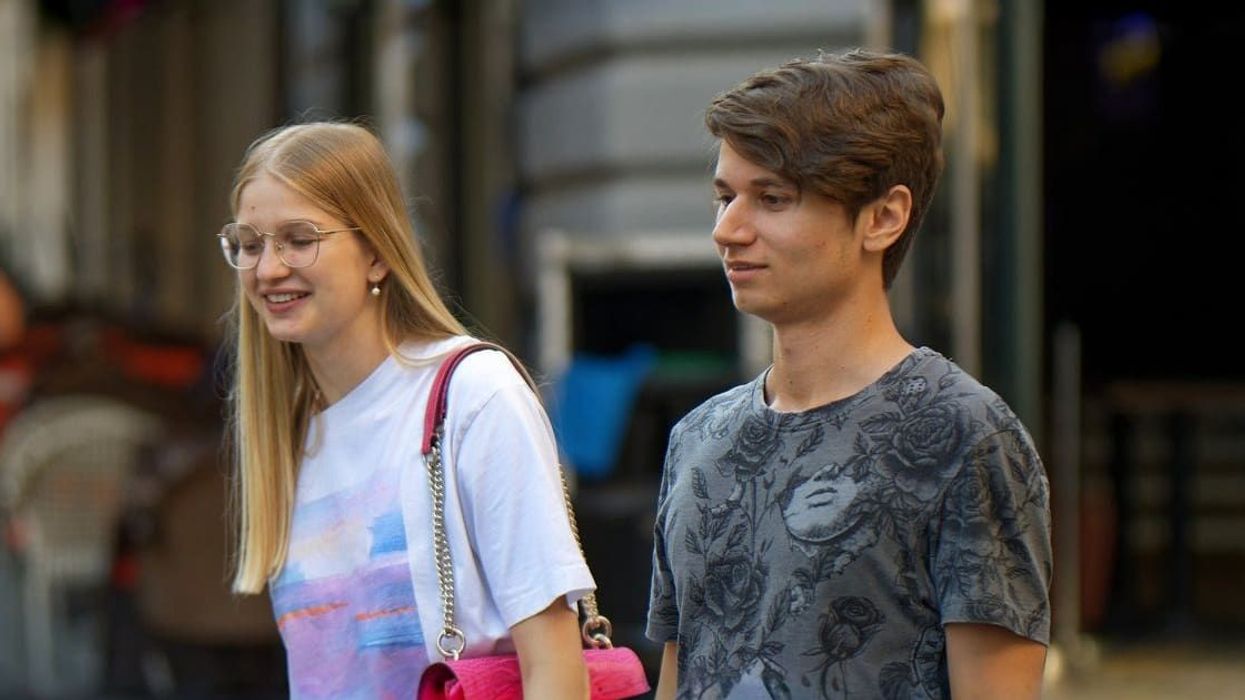
 Teens are waiting longer than at any point in the survey’s history. Canva
Teens are waiting longer than at any point in the survey’s history. Canva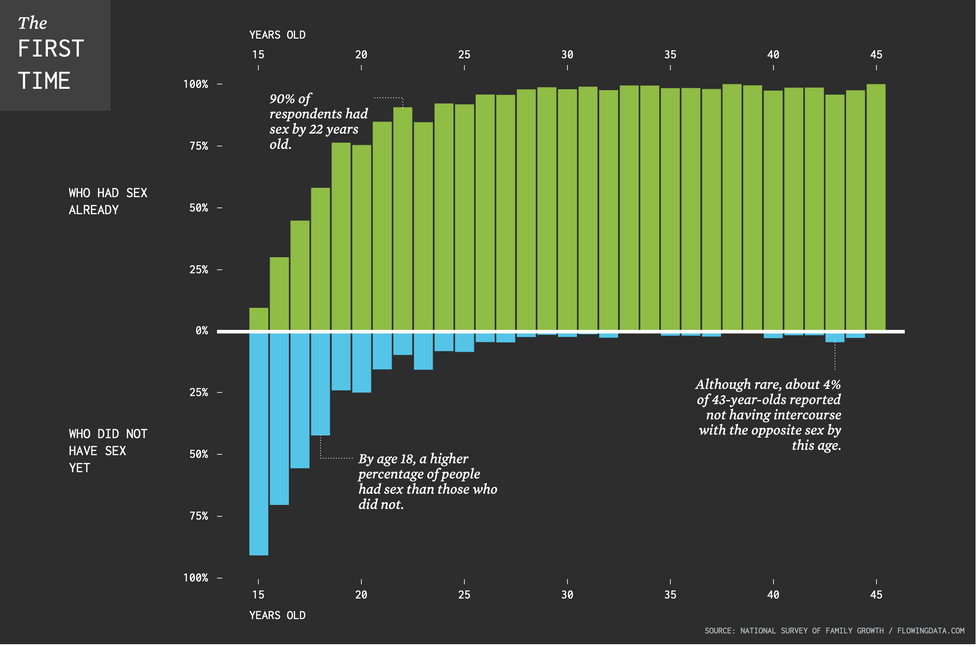 Chart on the age of a person’s first time having sex.National Survey of Family Growth/flowing data.com | Chart on the age of a person’s first time having sex.
Chart on the age of a person’s first time having sex.National Survey of Family Growth/flowing data.com | Chart on the age of a person’s first time having sex.